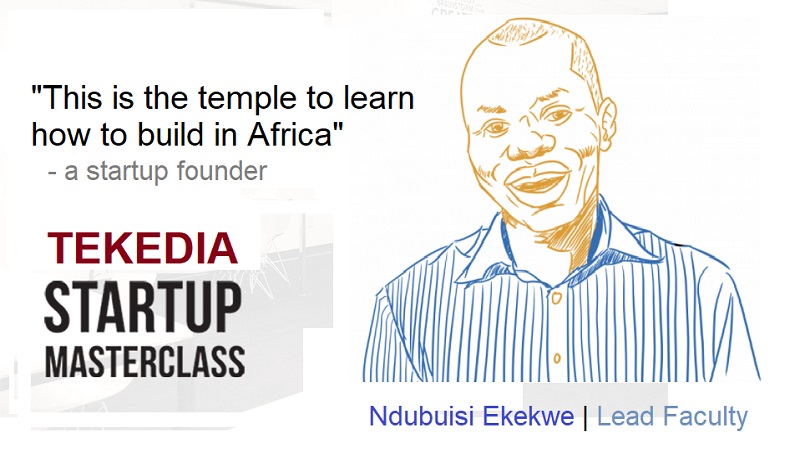
Real World Assets (RWAs) are tangible or traditional financial assets—like real estate, bonds, or commodities—tokenized on blockchain networks. They’re becoming a big deal in DeFi because they bring real-world value into a space that’s often been criticized for being speculative and detached from physical economies. By bridging traditional finance (TradFi) and DeFi, RWAs offer stability, liquidity, and a way to attract institutional players who’ve been hesitant to dive into crypto’s wilder side. American dynamism, point to the U.S.’s push to stay a leader in innovation and capital markets. Tokenizing RWAs fits right into that—it’s a chance for the U.S. to flex its financial muscle by blending its robust infrastructure with cutting-edge blockchain tech.
Think of it as a modern take on American ingenuity: solving big problems like illiquid markets or financial exclusion with bold, builder-driven solutions. It’s not just about keeping up; it’s about setting the pace. DeFi’s growing up means it’s moving beyond its early, chaotic days of yield farming and meme coins. RWAs are a sign of that maturity—shifting the focus from crypto-native speculation to practical, scalable applications. Protocols like Centrifuge or MakerDAO are already tokenizing assets like invoices or Treasuries, proving DeFi can handle real economic activity.
Tokenizing physical and financial assets on blockchains has some hefty implications: Illiquid assets like real estate or fine art become tradable 24/7 as tokens. A $300 trillion global asset pool suddenly gets more accessible, potentially unlocking billions for smaller investors who’ve been locked out of high-value markets. Middlemen—brokers, banks, escrow services—get sidelined. Transactions settle faster and cheaper on-chain, shaving off fees that eat into profits. Smart contract bugs or regulatory crackdowns could tank projects. If a tokenized apartment building’s contract gets hacked, you’re not just losing crypto—you’re losing a piece of the real world. Plus, unclear legal status in many countries could stall adoption.
Register for Tekedia Mini-MBA edition 17 (June 9 – Sept 6, 2025) today for early bird discounts. Do annual for access to Blucera.com.
Tekedia AI in Business Masterclass opens registrations.
Join Tekedia Capital Syndicate and co-invest in great global startups.
Register to become a better CEO or Director with Tekedia CEO & Director Program.
Fractional ownership means more people can invest in, say, a Manhattan skyscraper or a government bond. But it’s not all rosy—without proper oversight, it could amplify scams or widen inequality if the tech-savvy hoard the gains. If the U.S. leans into this as a national strength, the impacts are big: Leading RWA tokenization could reinforce the dollar’s dominance in a digital era, keeping America at the center of global finance. It’s a way to outpace rivals like China, who are focused on centralized digital currencies. New industries—blockchain devs, compliance experts, asset managers—spring up. Places like Austin or Miami could become hubs, drawing talent and capital.
Exporting this tech strengthens soft power. If American platforms set the standard, other nations might have to play by the rules. Overreach or mismanagement (think heavy-handed SEC rules) could stifle innovation, pushing startups to friendlier shores like Singapore or Dubai. As DeFi matures with RWAs, the shift has broad consequences: Pegging value to real assets reduces the wild price swings of pure crypto. DeFi becomes less of a casino, more of a utility—think less Dogecoin, more digital Treasuries. Banks and institutions dip their toes in, bringing billions in capital. A Goldman Sachs tokenized bond isn’t sci-fi anymore—it’s happening. This could balloon DeFi’s total value locked from $100 billion to trillions.
Governments won’t sit idly by. Expect stricter KYC/AML rules, which could clash with DeFi’s ethos of decentralization. Some projects might buckle; others might thrive by adapting. Financial power moves from Wall Street to decentralized networks. That’s empowering for individuals, but it also risks chaos if governance fails—imagine a DAO mismanaging a tokenized power plant. When you mash these together, the synergy amplifies everything. RWAs powered by DeFi, with American leadership, could create a parallel financial system—faster, cheaper, and more inclusive than today’s. Cross-border payments in seconds, not days. Micro-investments for the masses.
Opportunity spreads, but so does risk. The digitally illiterate or under-resourced could get left behind, widening gaps even as new winners emerge. The U.S. driving this could spark a global tech arms race. Europe’s already experimenting with tokenized bonds; Asia’s not far behind. It’s a chance for breakthroughs—or a recipe for fragmentation if standards don’t align. Short-term, expect growing pains: legal battles, tech glitches, and market volatility. Long-term, it’s a shot at redefining how value moves around the world.
It’s less about gambling on volatility and more about building a system that works for businesses, investors, and everyday people. Together, these ideas suggest a future where DeFi doesn’t just disrupt finance—it redefines it. RWAs could unlock trillions in value, American dynamism could drive the charge, and DeFi could finally shed its rebellious teen phase for something more grounded and impactful.


